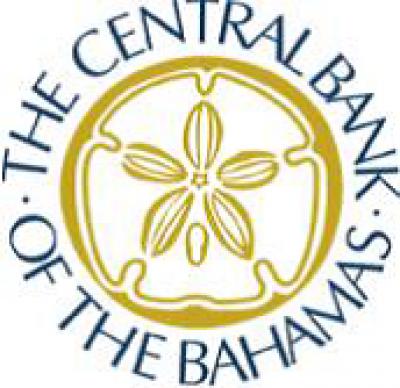NASSAU, BAHAMAS- The Bahamas’ economic growth is expected to be ‘subdued’ in 2020 and against this backdrop employment conditions are projected to ‘dampen’ with gains concentrated in the hotel sector
The regulator in its monthly economic and financial developments report for November 2019 noted, “Expectations are that the outturn for 2019 will feature a modest uptick in domestic output, underpinned by the substantial gains in tourism during the first half of the year, combined with positive impulses from foreign investment-led construction activity.
Indications are that growth will be more subdued in 2020, as increased momentum in hurricane re-building activity is countered by the increase in imports to aid the same, as well as the temporary reduction in tourism capacity.”
The Central Bank added, “Against this backdrop, employment conditions are projected to dampen, with gains concentrated within the hotel sector. Nonetheless, domestic inflation is forecasted to remain subdued in the absence of any shock to global oil prices. On the fiscal front, costs associated with the reconstruction of lost infrastructure, replacement of fixed assets, and social welfare support following the storm, are expected to weigh on the Government’s budget. Funds from re-insurance receipts and donations from local and international institutions should defray some costs, however, most of the fiscal gap will likely be sourced from domestic and external borrowing.”
According to the regulator, monetary sector developments will continue to feature a build-up in banking sector liquidity owing to the conservative lending posture of commercial banks, and a broadening in the deposit base.
“Further, external reserves are expected to remain buoyant for the balance of 2019, into the first quarter of 2020, on account of inflows associated with re-insurance and Government’s external financing. Nevertheless, the overall outturn for 2020 is projected to feature a net contraction in balances due to increased imports to support the restoration of lost infrastructure.”
According to the regulator, during November, bank liquidity expanded reflective of a rise in the deposit base, and a contraction in domestic credit. “Excess reserves—the narrow measure of liquidity—rose by $111.9 million to $966.9 million, a turnaround from the previous year’s decrease of $47.8 million. Similarly, broader excess liquid assets grew by $98.1 million to $1,817.1 million, vis-à-vis a $51.2 million falloff a year earlier,” the regulator said.
It added, “External Reserves Buoyed in part by re-insurance receipts following Hurricane Dorian, external reserves strengthened by $85.4 million, a turnaround from a $67.7 million decline in the prior year. Underlying this development, the Central Bank’s net foreign currency transactions with commercial banks reversed to a net purchase of $79.5 million, from a net sale of $9.5 million in the previous year. Further, commercial banks’ net purchase from their customers increased to $109.4 million, from $7.9 million a year earlier. Besides, the Bank’s net sale to the public sector narrowed sharply to $1.2 million, from $57.2 million last year.”






